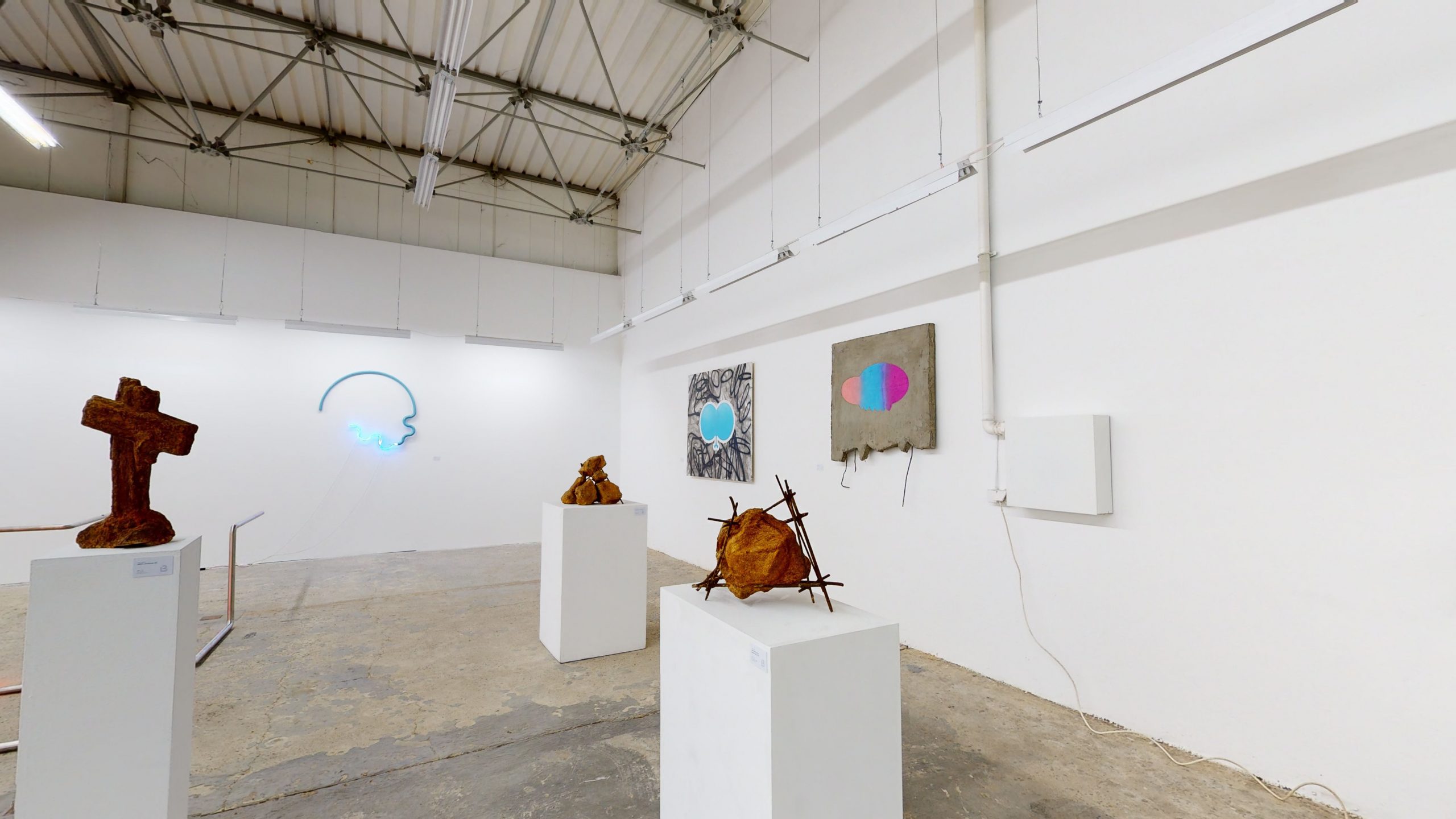Current needs and future of cultural operators strives
Working on the edge of existence, cultural operators in the field of contemporary visual art today are in search for the new and innovative business practices that will enhance their competitiveness and ensure their sustainability, by supporting them to enter on the global markets and develop new and wider audience. They, cultural operators are having ever-shrinking audience, group of consumers and buyers, questioning own sustainability and competitiveness. In addition, problems with attractiveness of the contemporary art among young population (18-30) appears on many levels, but most notably on following two: communication between cultural operators and young people and innovation in the sense of content of which cultural operators are offering to young people. Both of which need to become more attractive and more appealing to them. Thus, competing to be more attractive to wide audience, consumers and buyers, become a question of their economic sustainability on the long run, and matter of cultural operators’ competitiveness - needs to position themselves on the global market and start developing young people 18 to 30 years old as its new audience, and for that they need new working practices that based on the innovation and new digital technologies.


